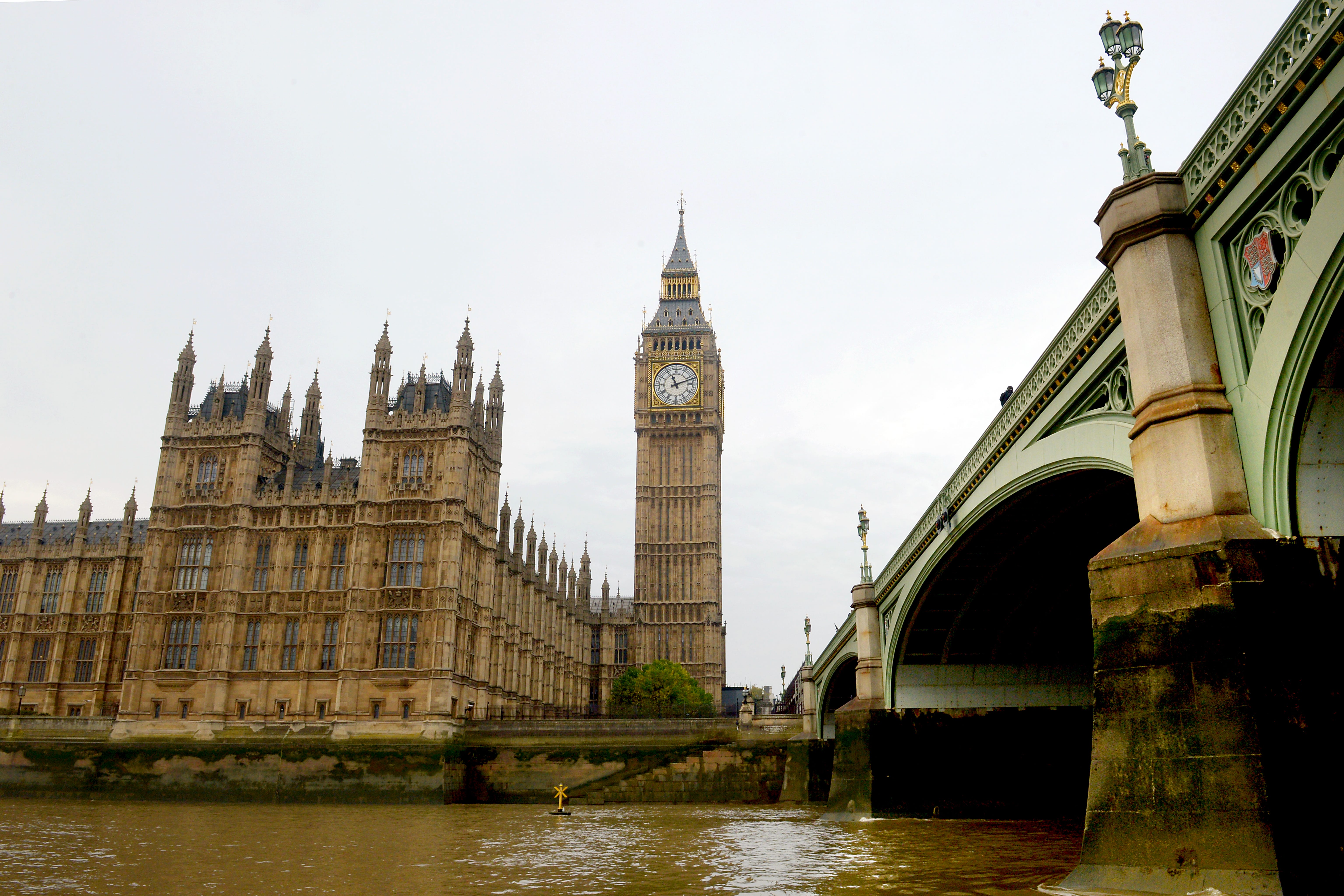What does the State Opening of Parliament involve and why?
A day of pomp and ceremony awaits in Westminster.

Your support helps us to tell the story
From reproductive rights to climate change to Big Tech, The Independent is on the ground when the story is developing. Whether it's investigating the financials of Elon Musk's pro-Trump PAC or producing our latest documentary, 'The A Word', which shines a light on the American women fighting for reproductive rights, we know how important it is to parse out the facts from the messaging.
At such a critical moment in US history, we need reporters on the ground. Your donation allows us to keep sending journalists to speak to both sides of the story.
The Independent is trusted by Americans across the entire political spectrum. And unlike many other quality news outlets, we choose not to lock Americans out of our reporting and analysis with paywalls. We believe quality journalism should be available to everyone, paid for by those who can afford it.
Your support makes all the difference.The State Opening of Parliament and the King’s Speech will take place on Wednesday and marks the formal beginning of the first parliamentary session since the General Election.
Here the PA news agency takes a look at what the ceremonial event involves.
– How much pomp and ceremony does the day involve?
Quite a lot and it starts before the King even makes an appearance. At 9.30am on Wednesday, the royal bodyguards, known as the Yeoman of The Guard, conduct a ceremonial search of the cellars of the Palace of Westminster for explosives.
This is a nod to the Gunpowder Plot of 1605 in which a group of English Catholics failed to blow up the House of Lords and kill the protestant king.
An MP is also ceremonially taken hostage in Buckingham Palace while the monarch attends Parliament. This is designed to ensure the King’s safe return from Parliament.
Traditionally a Government whip known as the vice-chamberlain of the household performs this task and this position is currently held by Labour’s Samantha Dixon.
– When does the main event start?
Peers will assemble in the House of Lords in the morning and it is one of the few occasions on which they can wear their traditional scarlet robes.
Dignitaries, including ambassadors, also take their seats and peers mix with guests, who can include members of the royal family.
Outside, a royal procession from Buckingham Palace to Parliament takes place as members of the Household Cavalry Mounted Regiment escort the King.
As part of the procession, it is usual to see the Imperial State Crown and other important items travel in carriages to Parliament. Officials with titles such as Gold Stick are also involved.
The King will arrive at the Sovereign’s Entrance to Parliament and he tends to be received by the Lord Great Chamberlain and the Earl Marshal.
He will eventually proceed to the Robing Room where he usually dons the ceremonial robes and the Imperial State Crown.
Meanwhile, it is a slightly more toned down affair in the House of Commons as MPs gather ahead of meeting at 11.25am for the King’s Speech.
– How does the King request the presence of MPs in the Lords to watch the speech?
Black Rod Sarah Clarke, a senior Lords officer, will be sent to the Commons to summon them to the Lords to listen.
The door is shut in Black Rod’s face and she will strike it three times before it is opened, a tradition said to symbolise the Commons’ independence from the monarchy and dating back to the 17th century.
MPs file through Central Lobby to the Lords and as many as can be accommodated watch from the bar of the House of Lords, approximately at 11.30am. Some stay behind in the Commons and watch on their phones and tablets.
Former Labour MP Dennis Skinner used to make a topical quip when Black Rod arrived in the Commons, although no other MP has yet to do similar since he lost his Bolsover seat in 2019.
– What happens next and why?
Once everyone is in position, the King will then read out a speech that outlines the new Labour Government’s legislative priorities for the parliamentary session.
The speech is written by the government of the day and is read out in neutral tones by the monarch. It will contain details of bills that the Government intends to introduce in the session and other policy priorities.
The length of the speech depends on how much information the Government wishes to include in it. Wednesday represents the first time such a speech has been delivered by a monarch under a Labour government in 14 years.
It is expected to include around 35 Bills with a heavy emphasis on securing economic growth, the first of Labour leader Sir Keir Starmer’s five “missions for national renewal”.
– Is there any more ceremony in Parliament once the King has finished reading it?
MPs will leave the House of Lords and the Commons will not sit again to consider the King’s Speech until 2.30pm on Wednesday. They will spend either five to six days debating the address, which is proposed and seconded by two Government backbenchers – one usually a long-serving member and the other a relative newcomer.
Their speeches are intended to be funny and make reference to their constituencies.
The debate then continues with the Leader of the Opposition and Prime Minister making contributions. Subsequent days have themes assigned to them and votes on amendments to the motion can take place the following week.
In the Lords, a motion for humble address is considered for a short period on Wednesday from 3.30pm and the King’s Speech debate starts on Thursday, again with different policy themes on each day.